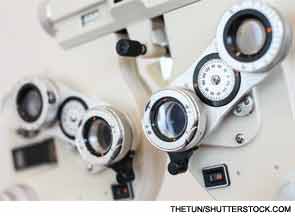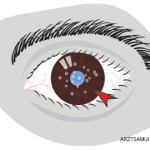There are also advances in diagnostic testing that are of interest to rheumatology, Dr. Sheppard says. For example, a new test from the company Nicox should be able to help identify novel Sjögren’s disease auto-antibodies detectable at a much earlier stage than previously possible, he says. Additionally, the National Institutes of Health is conducting a large study to assess the value of salivary biomarkers for the diagnosis of Sjögren’s syndrome.
Vanessa Caceres is a freelance medical writer in Bradenton, Fla.
ad goes here:advert-1
ADVERTISEMENT
SCROLL TO CONTINUE
When to Refer Your Patients to an Ophthalmologist

Ophthalmologists want to see your patients just about any time they have ocular symptoms. Here are a few specific times when a referral to your local trusted eye care specialist is crucial:
ad goes here:advert-2
ADVERTISEMENT
SCROLL TO CONTINUE
- Anytime a patient has redness in the white of the eye, a change in vision, eye pain or light sensitivity. “Those are classic symptoms of inflammation,” Dr. Papaliodis says.
- Symptoms or signs of dry eye that are anything more than mild.
- Photophobia, blurred vision and diplopia (double vision) will prompt Dr. Wise to refer to an ophthalmologist, in addition to redness and pain.
- When a patient is prescribed corticosteroids or hydroxychloroquine. The ophthalmologist can help monitor the patient’s intraocular pressure and cataract risk related to steroid use, as well as retinal toxicity for chloroquine derivatives.
- When a child has juvenile inflammatory arthritis. This referral is key to monitor for the patient’s uveitis risk, Dr. Wise says.
- When a patient has uveitis or scleritis.
- When a patient seeks contact lenses or refractive surgery, because there may be a higher risk of complications in patients with rheumatologic disease, Dr. Sheppard says.


